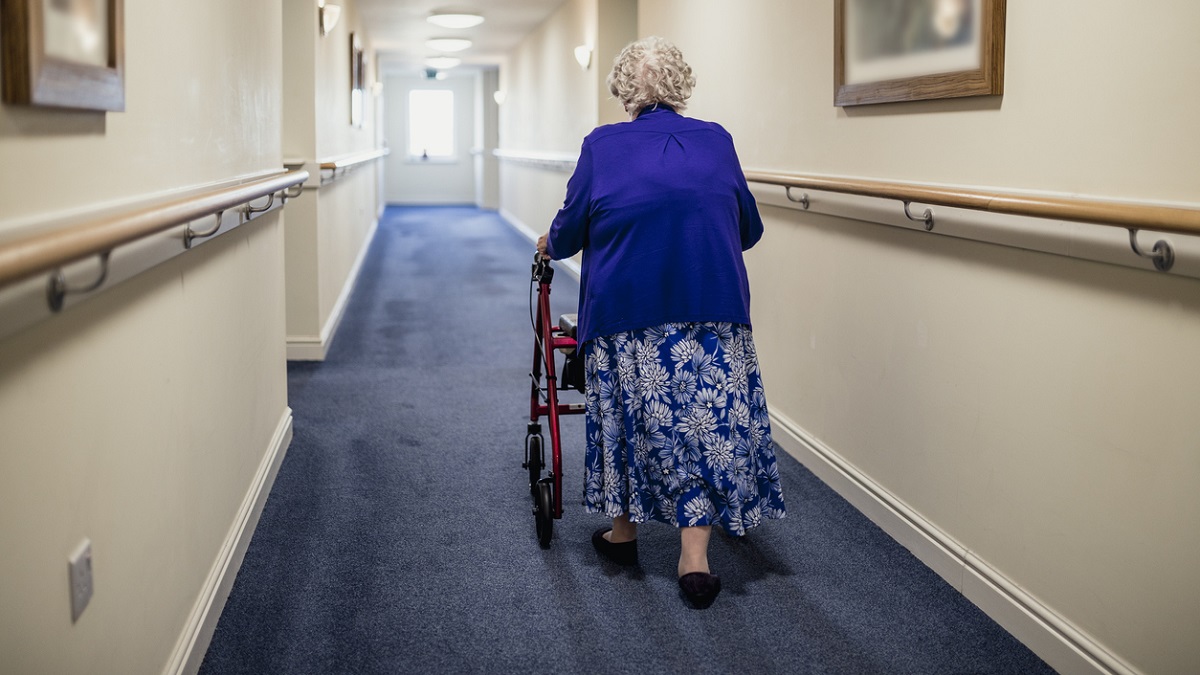Q:
In addition to medication, how can I manage my fibromyalgia?
A:
Medications may be necessary to manage your fibromyalgia, but there also are a number of day-to-day strategies for coping with the disease. Your psychological outlook is important, with studies finding benefits from cognitive therapy for women with fibromyalgia. Specifically, studies find, negative thinking increases stress and affects your perception of pain, so learning to minimize and control these thoughts can improve your symptoms.
The key is not so much to “think positively,” but to “think non-negatively.” So when negative thoughts occur, ask yourself: “Does this thought benefit me in any way—does it improve the way I feel, advance my goals or improve a relationship?” There are many strategies for dealing with negative thoughts, and you may want to see a psychiatrist experienced in treating fibromyalgia patients to help you learn some techniques. A fibromyalgia support group also can help provide insight, advice and support.
to Visit the Store and find Much More….
If you’re having trouble sleeping, try avoiding naps and caffeine and go to bed at a consistent time.
When pain is bothering you, adjust your activities accordingly. There are also a variety of alternative and lifestyle approaches that may help you deal with symptoms of pain. However, be aware that there is limited scientific evidence to support these approaches at this time.
- Massage therapy can be very effective short-term. For the best results, look for a licensed massage therapist who has worked with fibromyalgia patients before.
- Moist heat supplied by warm towels, hot packs, a hot bath or a shower can be used at home for 15 to 20 minutes three times a day to relieve symptoms.
- Cold supplied by a bag of ice or frozen vegetables wrapped in a towel helps reduce pain when used for 10 to 15 minutes at a time. Don’t do this, however, if you have Raynaud’s phenomenon.
- Hydrotherapy (water therapy) can reduce pain during exercise and help you improve endurance and conditioning. Exercising in a large pool may be easier because water has a buoying effect. Some people also find relief from the heat and movement provided by a whirlpool.
- Relaxation techniques help reduce pain and anxiety. These include meditation and guided imagery. Check with local recreation centers and hospitals for courses.
- Acupuncture is an ancient Chinese treatment that is often used for pain relief. A qualified acupuncturist places very thin needles in certain parts of your body. Some researchers believe that the needles may stimulate deep sensory nerves that tell the brain to release natural painkillers (endorphins). However, the well-controlled studies examining acupuncture as a treatment for fibromyalgia symptoms did not find acupuncture to be more effective than a placebo treatment for fibromyalgia, so it is difficult to know for sure if the practice produces any specific benefits. Acupressure is similar to acupuncture, but pressure is applied to the sites instead of needles.
- Biofeedback is a form of therapy used to train your mind to understand and, to a degree, control your own physiological responses. An electronic device provides information about a body function (such as heart rate) so you learn to consciously control that function. For instance, it can help you learn to relax your muscles.

Click Here to Visit the Store and find Much More….
For More Information Related to Fibromyalgia Visit below sites:
References:
Fibromyalgia Contact Us Directly
Click here to Contact us Directly on Inbox
Official Fibromyalgia Blogs
Click here to Get the latest Chronic illness Updates
Fibromyalgia Stores

